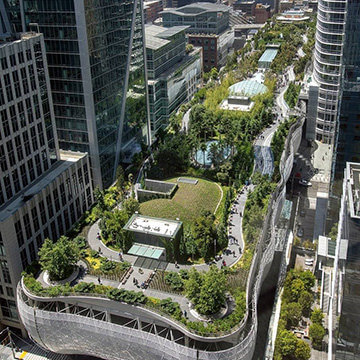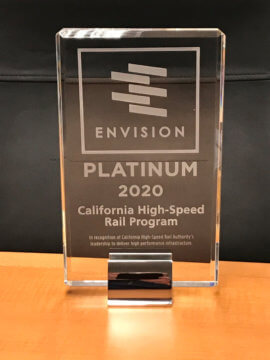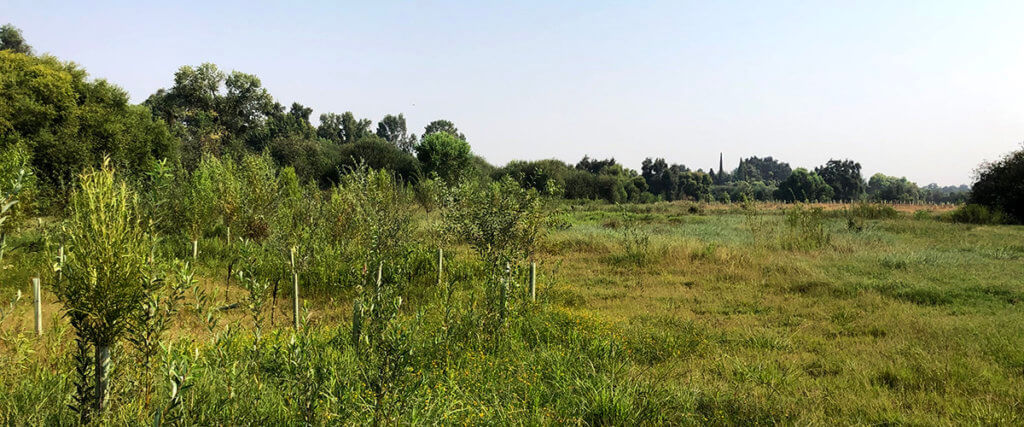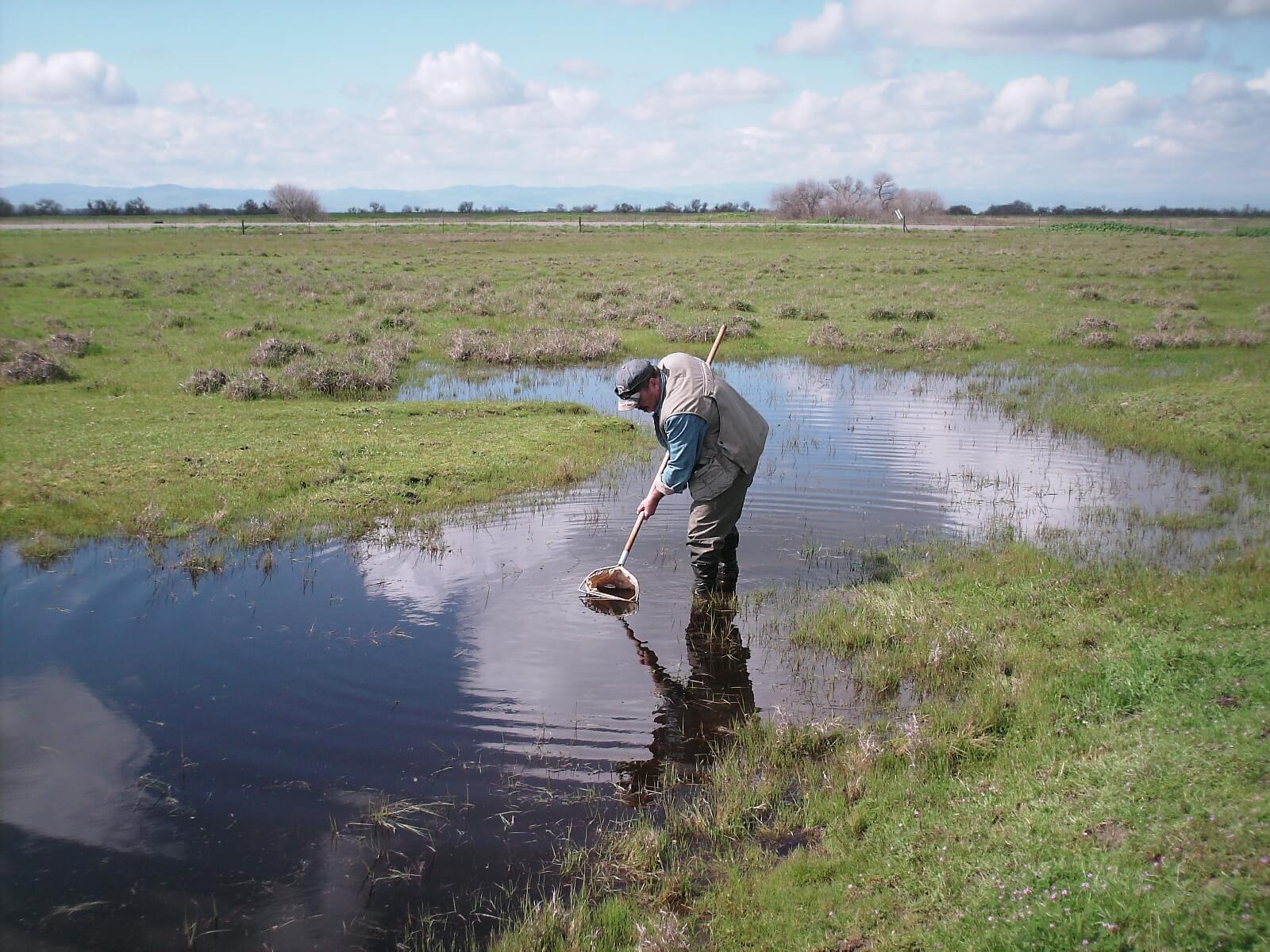Sustainability Practices
High-Speed Rail: Investing in a transformative transportation project for California’s communities, environment and economy
 Sustainability is, and always will be, at the core of our mission to deliver high-speed rail to California. The California High-Speed Rail Authority (Authority) remains dedicated to the goal of creating the greenest infrastructure project in the nation, both in its operations and its construction.
Sustainability is, and always will be, at the core of our mission to deliver high-speed rail to California. The California High-Speed Rail Authority (Authority) remains dedicated to the goal of creating the greenest infrastructure project in the nation, both in its operations and its construction.
Our Sustainability Policy articulates our sustainability objectives and identifies specific sustainability commitments:
“The California High-Speed Rail Authority will deliver a sustainable high-speed rail system for California that serves as a model for sustainable rail infrastructure. The California High-Speed Rail Authority has developed, and will continue to implement, sustainability practices that inform and affect the planning, siting, designing, construction, mitigation, operation, and maintenance of the high-speed rail system.”
Building the nation’s first truly high-speed rail system is essential for California to maintain its position as a global leader when it comes to economic standing, job creation and efforts to combat the effects of climate change. This future-ready system, with high-speed trains that will be powered by 100-percent renewable energy, will ensure that Californians can move efficiently and effectively even as the state’s population grows toward 50 million people.
Envision Award
 The Authority received national recognition in December 2020 for its sustainability efforts.
The Authority received national recognition in December 2020 for its sustainability efforts.
The Envision Platinum rating was awarded by the Institute for Sustainable Infrastructure, a nonprofit organization founded by the American Public Works Association, the American Society of Civil Engineers and the American Council of Engineering Companies. Envision Platinum is the highest award level possible, according to the Institute for Sustainable Infrastructure.
The California High-Speed Rail Program is the largest transportation infrastructure project both in terms of capital investment and geographic area to earn an Envision award for sustainable infrastructure to date. The Authority’s comprehensive focus on sustainability and, in particular, its consistent drive to address climate and risk were a foundation for its success in this rigorous, third-party evaluation.
Sustainability Achievements
The High-Speed Rail Program’s key sustainability achievements include:
- Demonstrated leadership and comprehensive commitment to sustainability and social equity and justice through strategies to ensure pay equity, fair and equitable work environments, and attracting and retaining diverse workforces;
- Recycling 95% (196,906 tons) of all construction waste to date and sending only 5% (9,651 tons) to landfills;
- A unique commitment to net-zero tailpipe greenhouse gas emissions during construction and demonstrated activities, such as carbon sequestration projects and engine replacements, that have already begun achieving this balance;
- Implementation of solar and battery storage resources to delivery renewable energy for operation;
- Station area plans for cities receiving new high-speed rail stations; and
- Widespread preservation efforts to mitigate impacts on natural habitats caused by the high-speed rail project.

The Kings River Mitigation Site provides an opportunity to preserve one of the last remaining parcels containing native wetlands and riparian habit in the Kings River floodplain.


